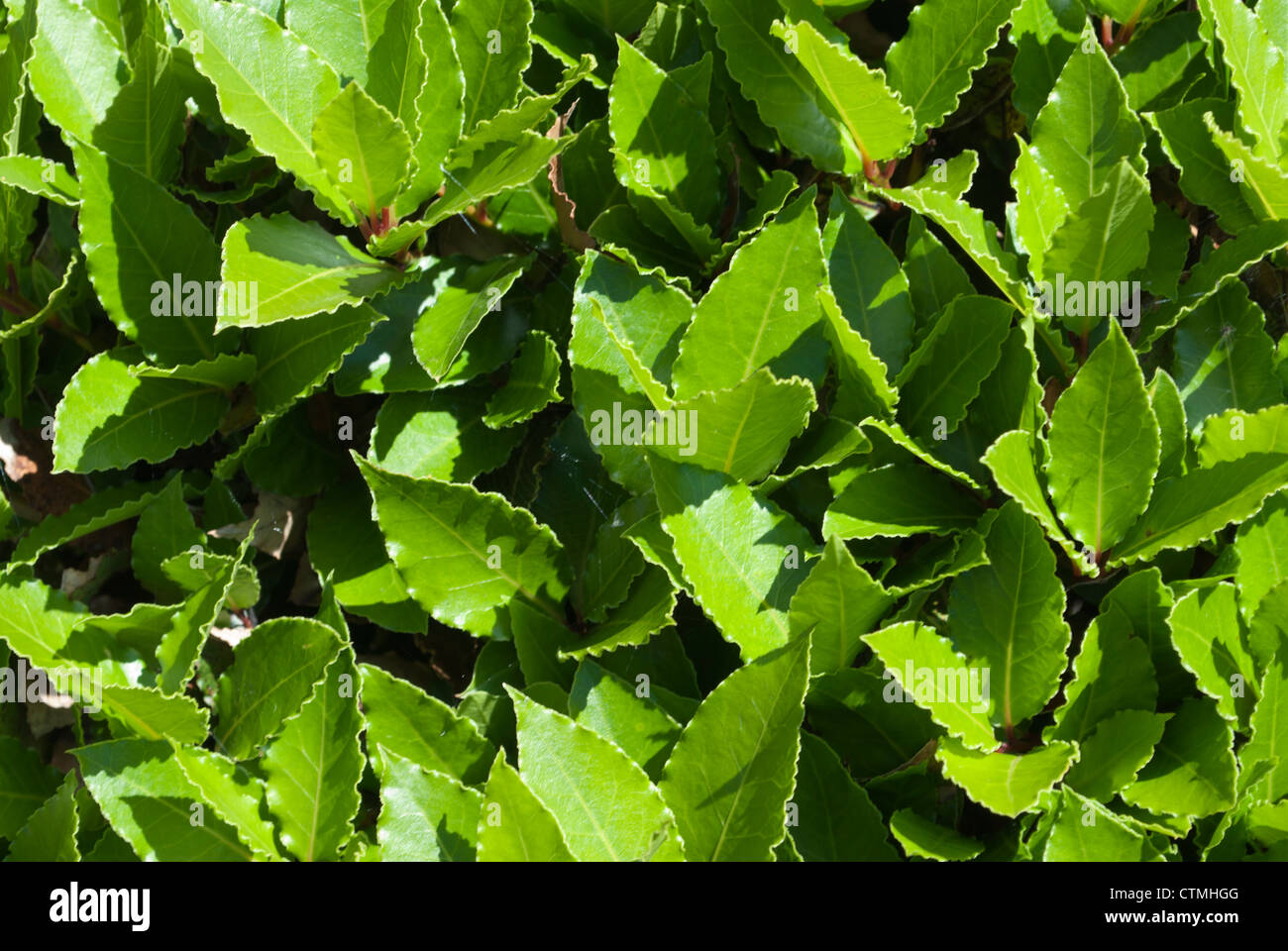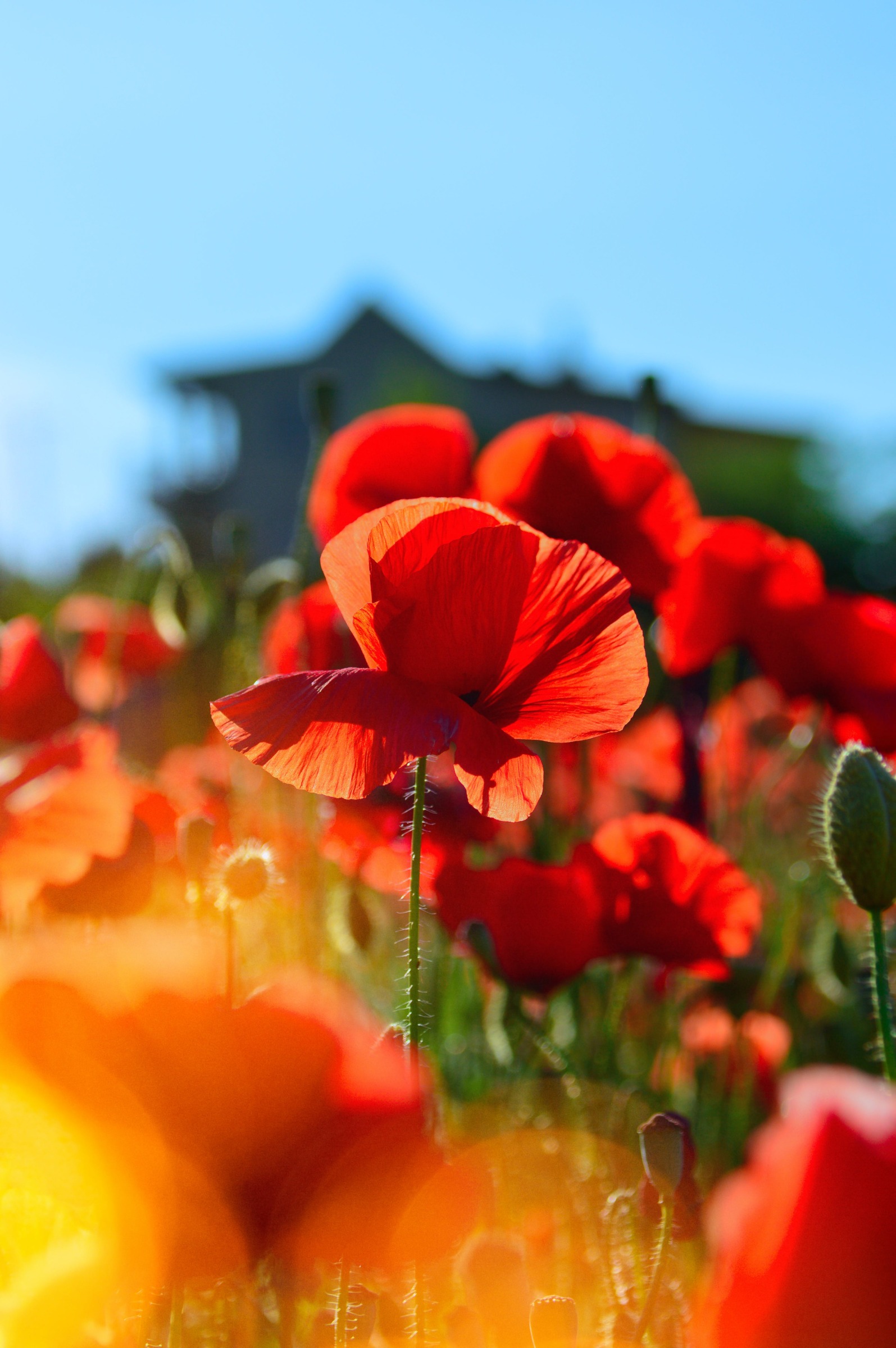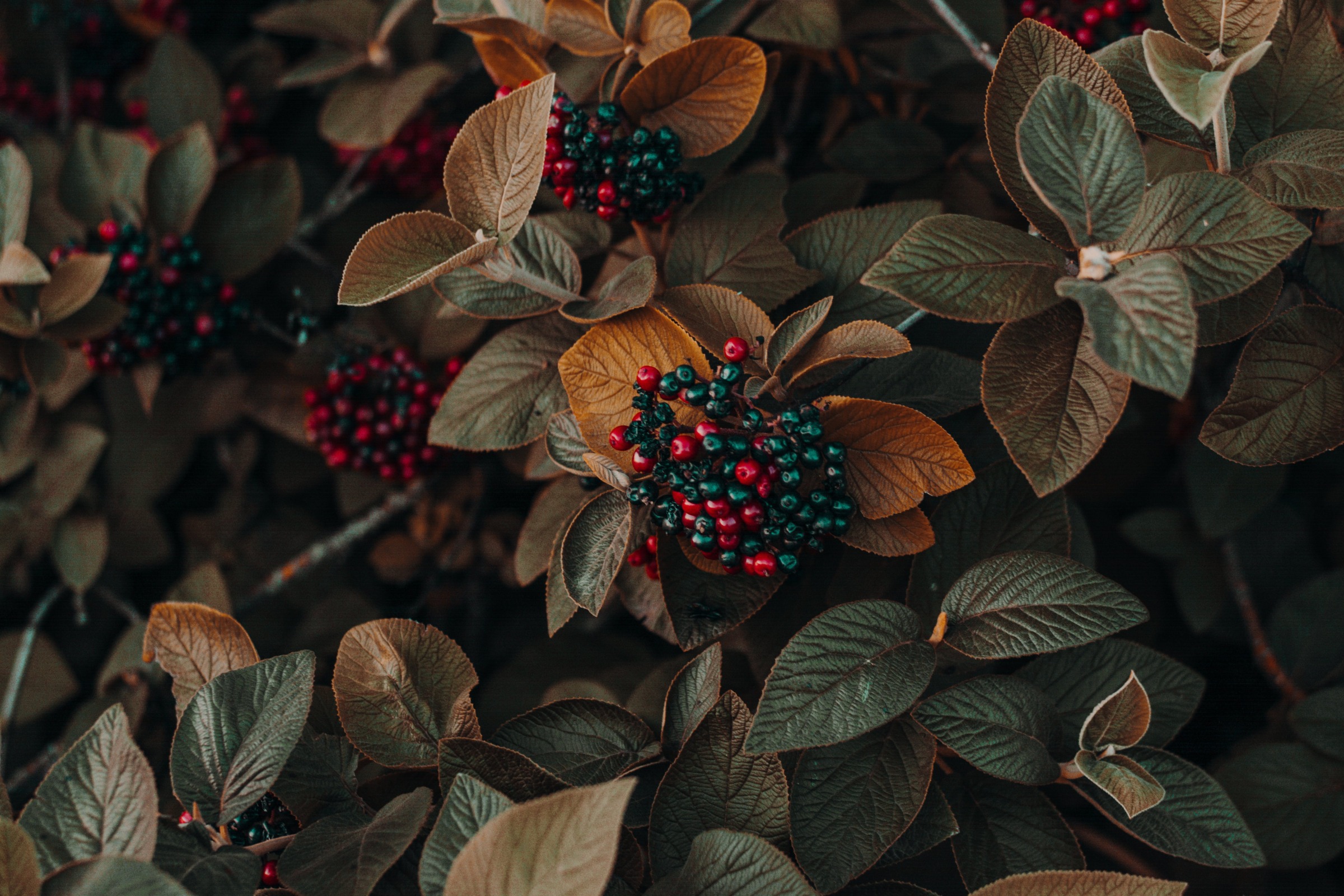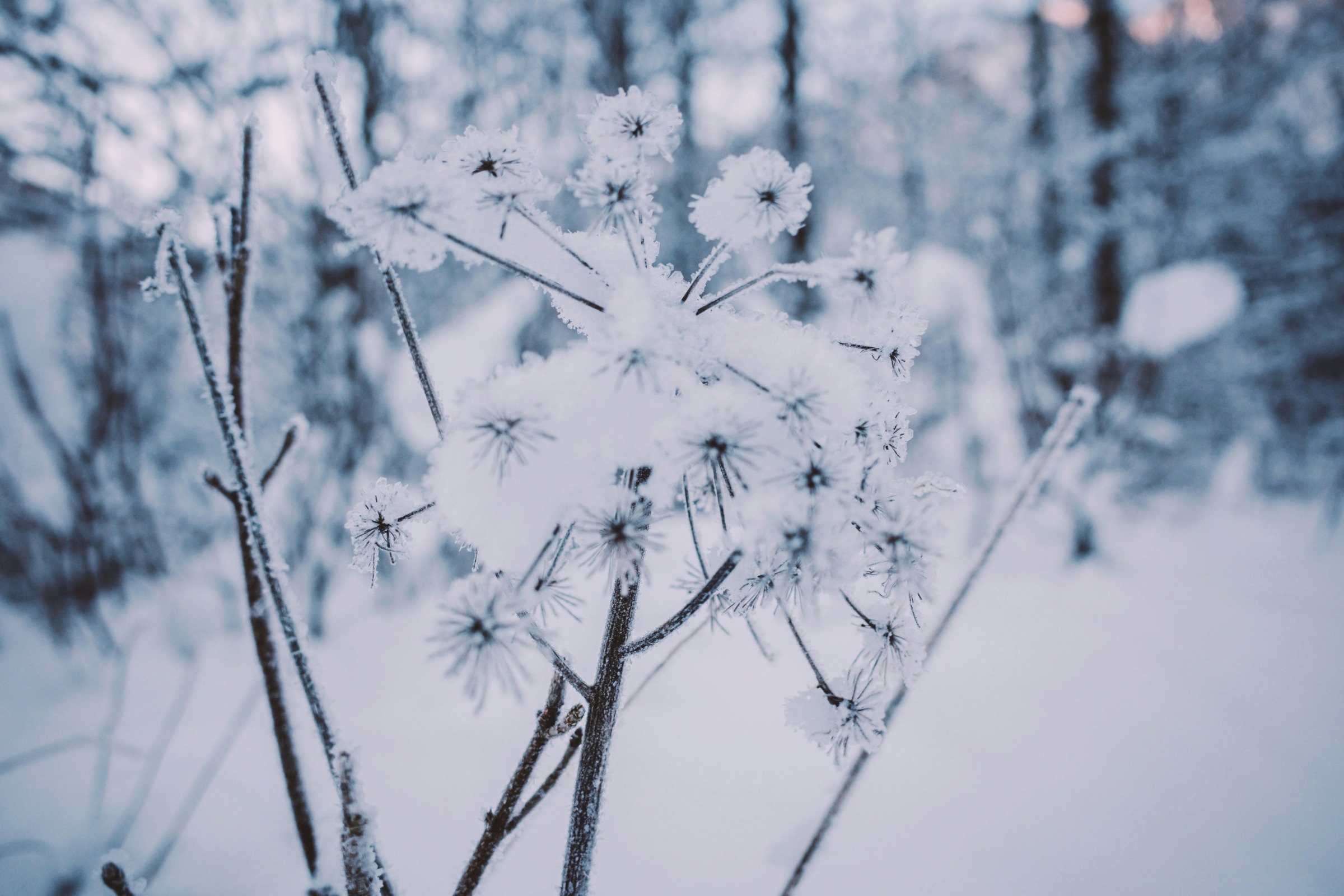The bay leaf tree, scientifically known as Laurus nobilis, is an aromatic evergreen tree or shrub native to the Mediterranean region. Its dried leaves are a popular culinary herb, but images of the living bay leaf tree can provide a useful visual reference for identification. In this comprehensive guide, we will explore the key features and imagery of the bay laurel to help you recognize this iconic plant.
Overview of the Bay Leaf Tree
-
The bay leaf tree, also called bay laurel or sweet bay, can grow over 10-20 meters tall as a tree, or remain a bushy shrub.
-
It has oblong tapered leaves approximately 2-4 inches long that are smooth glossy, and deep green. The leaves are arranged alternately along the branches.
-
In the spring, tiny yellow flowers grow on stalks that stick out from between the leaves. Later, the flowers turn into purple fruits that look like olives and have one seed inside.
-
The tree has a spicy herbal scent when leaves or fruit are crushed. It thrives in warm, coastal climates with mild winters.
Identifying Features in Photos
Here are key visual identifiers to look for in images of the bay leaf tree:
Leaves
- Oval, lance-shaped leaves with smooth margins. Shiny dark green above and paler green below.
Flowers
- Small pale yellow flowers emerging from leaf axils on short stalks. Appear in spring.
Fruit
- Oblong purple fruits resembling large olives that contain one seed. Mature in fall.
Bark
- Young bark is reddish-brown and smooth. Ages to gray and deeply furrowed.
Shape
- Conical shape when young. Widens with age to an oval, rounded crown.
Height
- Typically grows to heights of 10-20 meters as a tree. Remains a bushy shrub when small.
Trunk
- Straight, sturdy trunk up to 1 meter wide supports branching canopy.
Where Bay Trees Grow
Bay laurels usually live in areas with similar climates that are near the Mediterranean Sea. These areas include
- Portugal, Spain, France, Italy, Croatia, Albania, Greece
- Turkey, Syria, Lebanon, Israel, Egypt
- Libya, Tunisia, Algeria, Morocco
Bay trees thrive in warm temperate regions up to 1500 meters above sea level. They require mild, rainy winters and hot, dry summers with well-drained alkaline soil. The trees also grow along coastal California.
Uses of the Bay Leaf Tree
-
Culinary – Dried leaves are used to flavor soups, stews, meats, grains, and other dishes. They impart a subtle sweet, spicy flavor.
-
Medical: The leaves, essential oils, and fruits are used in herbal medicine because they are antioxidants, antibacterials, and antifungals.
-
Ornamental – Commonly grown in gardens and parks for aromatic foliage. Responds well to pruning into shapes.
-
Wood: A fine-grained, creamy white wood that is used to make cabinets, furniture, and things out of wood. Has a slight aromatic quality.
-
Landscaping – Often trimmed into ornamental topiaries and hedges. Provides dense structure with bushy shape.
Cultural Significance
The bay leaf tree holds special symbolic meaning in many cultures:
-
Associated with honor, glory, prosperity, and warding off harm.
-
Ancient Greeks and Romans awarded bay leaf wreaths to victors.
-
Roman emperors wore bay leaf crowns as a sign of imperial power.
-
Remains a national emblem of Italy, Albania, and Turkey today.
With this visual guide, you can now confidently identify the iconic bay laurel tree from its glossy aromatic leaves to its purple olive-like fruits. Images of its flowers, bark, shape, and height provide further distinguishing features. Next time you use a dried bay leaf, you’ll be able to picture the living tree that produced it.

Ask Your Gardening Question
If you’re unable to find the information you need, please submit your gardening question here:
Featured Articles by Season




Bay leaf tree
FAQ
How do you tell if it’s a bay leaf tree?
Leaf Features The leaves are smooth and leathery, with an elliptic shape and either smooth edges or edges lined with rounded teeth. One of the most distinctive features is the fragrant aroma they release when crushed. The vein pattern is pinnate and clear upon close inspection, contributing to its rich texture.
Can you grow bay leaves in the US?
Grow Your Own Bay Laurel Leaves Bay laurel is a perennial herb that grows much like a bush or a tree. In warmer climates, this evergreen can be grown in the landscape. I had some bay laurel bushes planted in my Houston front yard, and they got at least a foot taller every year.
What is another name for a bay leaf tree?
It is native to the Mediterranean region and is used as bay leaf for seasoning in cooking. Its common names include bay tree (esp. United Kingdom), bay laurel, sweet bay, true laurel, Grecian laurel, or simply laurel.
What is a bay leaf tree good for?
Bay leaf is often used to add flavor and spice to classic sauces, seafood, chicken, meat, rice, soups, casseroles, marinades, pickled foods, and more.
Where can I find bay leaf stock photos?
Browse Getty Images’ premium collection of high-quality, authentic Bay Leaf stock photos, royalty-free images, and pictures. Bay Leaf stock photos are available in a variety of sizes and formats to fit your needs.
What does a bay leaf tree look like?
In this article we’ll explore what the bay leaf tree looks like with a collection of photos and descriptions. The bay laurel, or Laurus nobilis, is a flowering evergreen tree or shrub that can grow to be 10 to 20 meters tall. Its dark green, shiny, oblong leaves have a smooth edge and a lance-shaped shape that tapers to a point.
How do you identify a bay tree?
Knowing the typical habitats is also useful; bay trees thrive in warmer climates with well-drained soil and partial to full sun. They are found in gardens or pots. When learning how to identify a bay leaf tree, compare potential candidates to similar-looking plants like cherry laurel. Focus on differences in leaf shape, texture, and aroma.
Can you use leaves from a bay tree?
Do not use leaves from any tree you are not 100% certain is a bay tree. Use this checklist to avoid mistakes. Remember, that correctly knowing how to identify a bay leaf tree is crucial before using its leaves in cooking, or for any other purpose. Double-check all of the characteristics of the tree.
What is the botanical name of Indian bay leaf tree?
Botanical name is Cinnamomum tamala and belongs to Lauraceae (Laurel) family. Indian Bay Leaf Tree is also known as Tej Patta, Pulao Patta, Tamal Patra, Malabar leaf, Indian Cassia Bark, Indian Cassia and is native to India, Nepal, Bhutan, and China.
What do bay leaves taste like?
Bay leaves have a delicious and fragrant flavor that complements various dishes, including rice dishes, soups and stews, Catalan and Greek recipes, and Creole cuisine. They come from the bay laurel, a perennial shrub or tree with pale yellow flowers, black fruit, olive-to-reddish bark, and dark leathery leaves.
